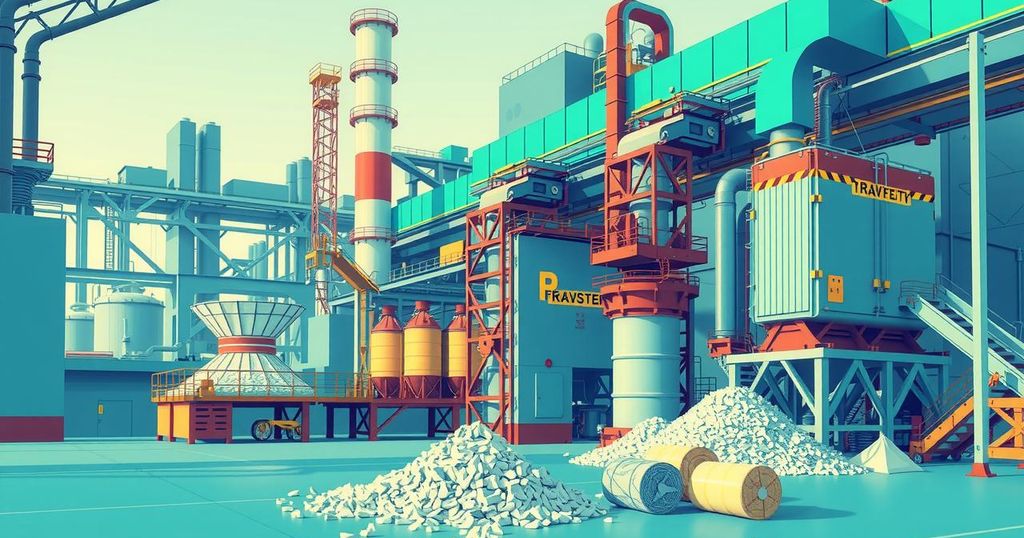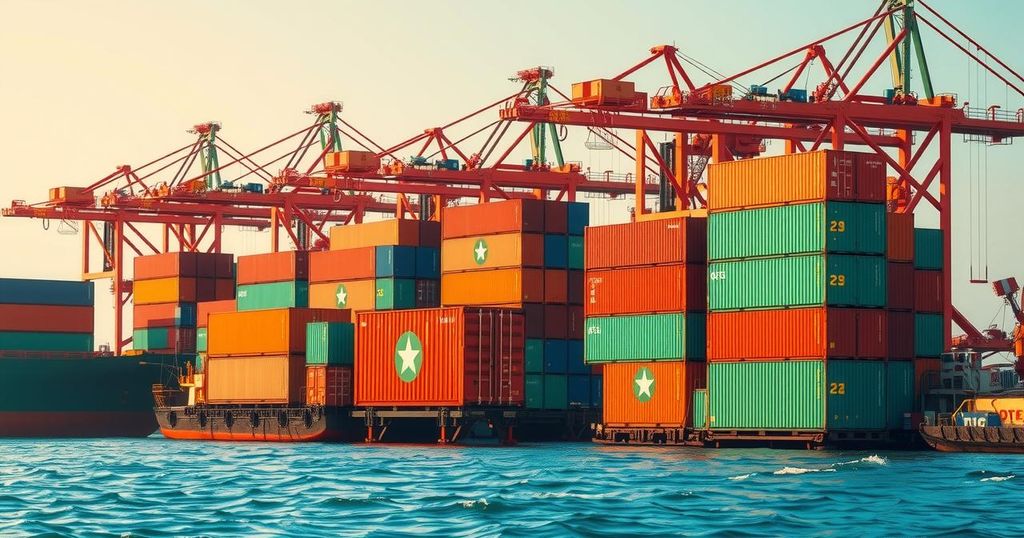U.S. Tariffs: A Catalyst for India’s Economic Self-Reliance and Domestic Growth
U.S. tariffs on Indian exports, particularly on steel and aluminum, have raised concerns about competitiveness and economic impact. However, these challenges present India with an opportunity to enhance domestic industries and self-reliance. By leveraging higher tariff rates and focusing on local production, India can navigate trade tensions effectively and foster economic resilience.
The imposition of U.S. tariffs on Indian exports has elicited concerns about increased costs and volatility in exchange rates, which can impact export dynamics. However, the report suggests these trade tensions might serve as an impetus for India to bolster its domestic industries. Notably, the U.S. has enforced substantial tariffs on Indian steel and aluminum imports since 2018, resulting in decreased competitiveness for Indian products in the American market and a substantial decline in steel exports.
The tariffs of 25 percent on steel and 10 percent on aluminum have led to a significant 46 percent reduction in steel exports within a year, as American consumers turned to cheaper alternatives. Additionally, the report emphasizes concerns regarding India’s heavy reliance on crude oil imports, which are paid for in U.S. dollars. A depreciating rupee, triggered by capital outflows from global trade tensions, could further escalate oil costs, straining India’s economy.
The report cautions that a prolonged tariff conflict could contribute to a reduction in India’s GDP by 0.3 percent. Despite these challenges, there is an emerging opportunity for India. Historically, the country has implemented higher tariff rates than many other major economies. By effectively utilizing import duties and focusing on strengthening local production, India can reduce its foreign goods dependency.
Moreover, strengthening manufacturing capacities could enhance India’s self-sufficiency and encourage exports in sectors that are less impacted by tariffs. Trump’s trade policies aim to strike a balance between protectionism and U.S. competitiveness, though they also introduce uncertainty. Nonetheless, this situation allows India to promote domestic production, attract local investments, and form improved trade agreements with other countries.
In summary, while U.S. tariffs present challenges for Indian exporters and the economy, they may also provide India with a unique opportunity to enhance self-reliance through domestic production. By strategically leveraging import duties and focusing on increased manufacturing capabilities, India can work towards reducing its dependency on imports and boosting its overall economic growth despite trade tensions. The integrated approach could provide a pathway to greater resilience in the face of international trade challenges.
Original Source: m.economictimes.com








Post Comment